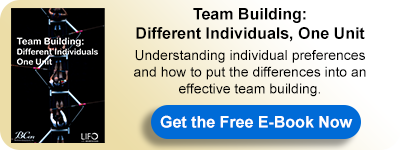Revealing the “I” in Team
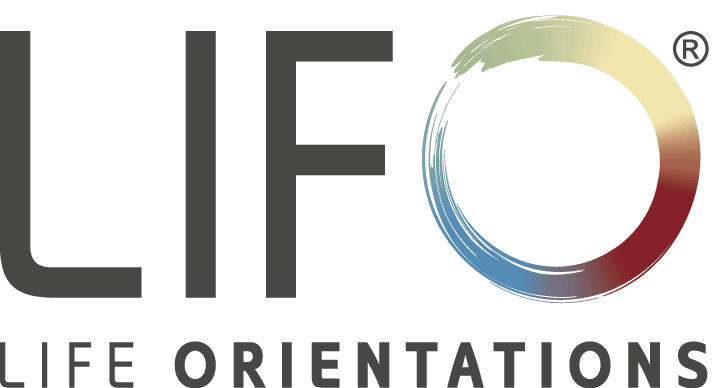
The old adage “there is no “I” in “team” holds to be partially true. Team members indeed need to put the team first as they work on their priorities and tasks. Yet, teams are comprised of individuals with their own preferences. Knowing our own preferences and those of others eases communication, conflict, and improves relationships.
According to LIFO®, there are four Life Orientations. Hence, the name LIFO®. Each of us has an orientation toward life determined through the LIFO® online assessment. By understanding all four plans, we can live better, work better, and love better when we are confronted with unfamiliar or displeasing ways of going through the world.
While one’s path through life is controlled by genetics and chance, making up one’s mind and choosing what to do and where to go shapes one’s destiny. Underlying our choices and actions are the four orientations to life: the game plans, supporting giving SG, Controlling Taking CT, Conserving Holding CH, and Adapting Dealing AD. These four influence what we decide, expect, and give and get throughout our lives.
It is essential to understand each orientation regardless of our preferences. This knowledge will help us communicate more effectively with the key people in our lives who may be different. Knowledge of the orientations and their strengths will help us better understand what motivates us, and what makes us experience stress and enables us to capitalize on our strengths.
Life Orientations Styles are behavioral styles (what we do), not personality types (who we are).
With Life Orientations, we are not one thing or another. In fact, we are one thing and another.
Here is a sneak peek into the Four Life Orientations:
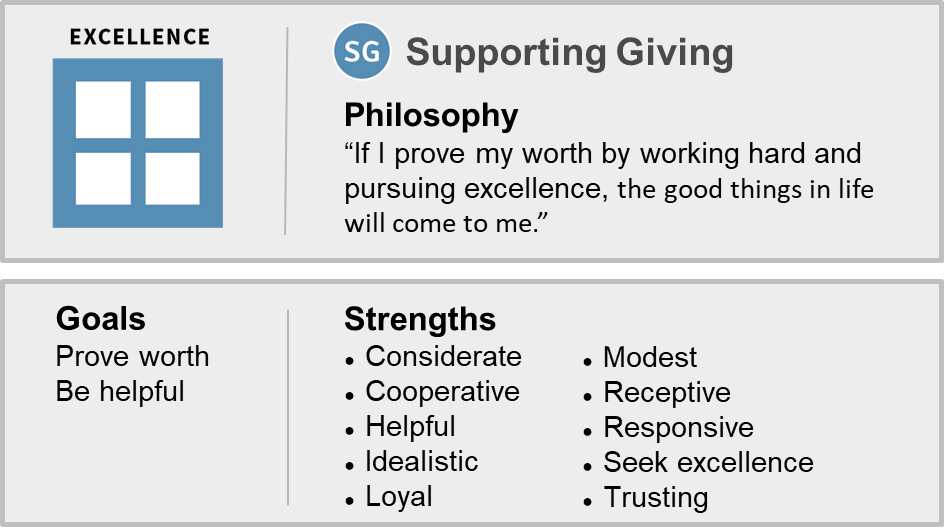
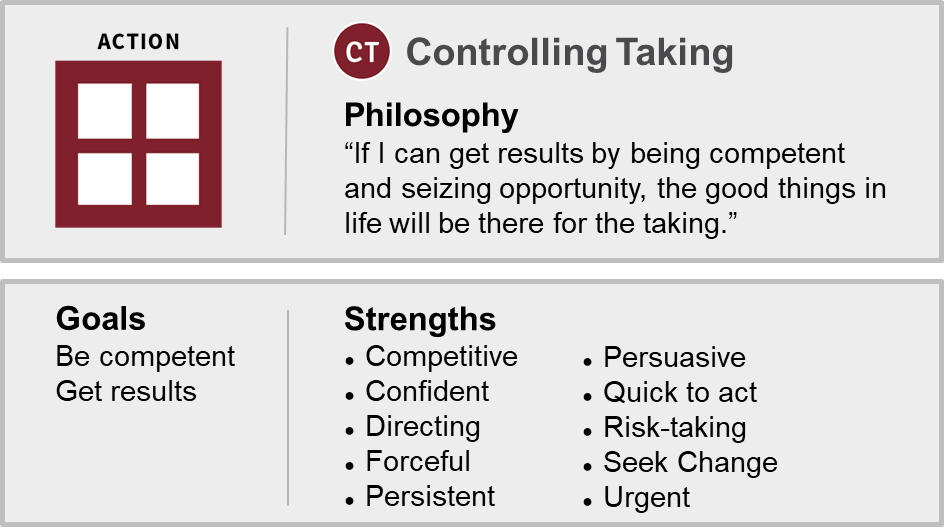
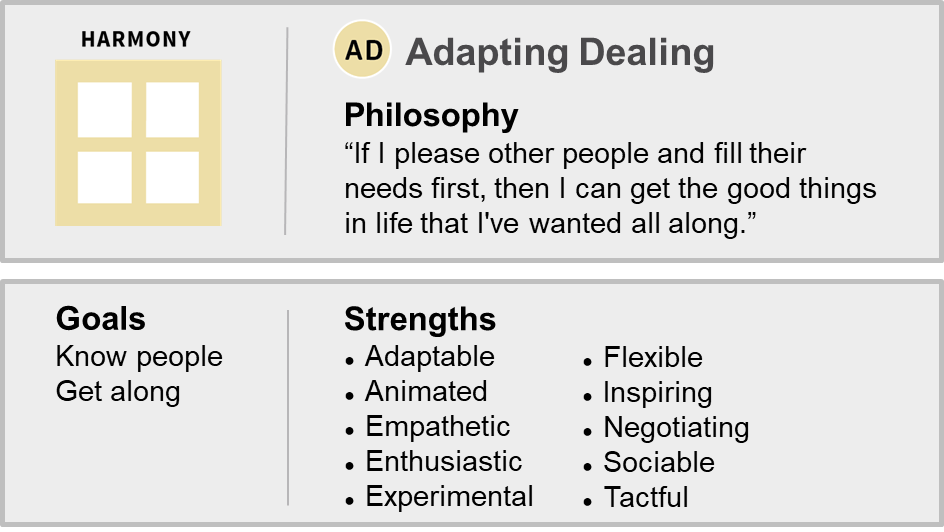
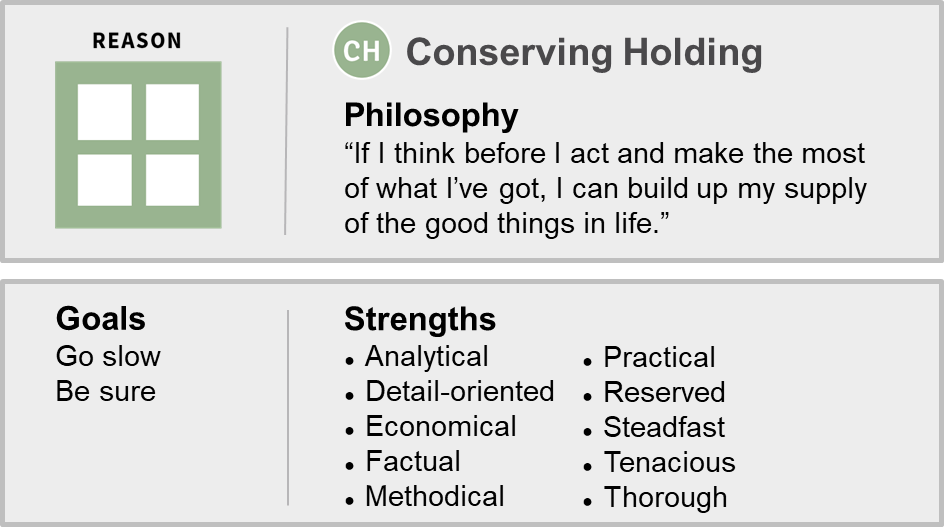
Regardless of our inclinations, it is critical to comprehend each orientation. This understanding will enable us to communicate more successfully with important persons in our life who are different.
Knowing orientations and their strengths will allow us to understand better what motivates us and what causes us to feel stressed and allows us to use our strengths. In addition, it helps us enhance our relationships with others as we learn about their preferences. Thus, we will communicate better as our conflicts dissolve as we understand one another.
Among the Life Orientations Survey uses is conducting a Life Orientations Weighted Team Profile. The results identify the most preferred style of the team, the backup style, and the least preferred styles, whether during favorable or unfavorable conditions. Weighted results are used to explore team or group dynamics and create action plans.
If you are curious about knowing your Life Orientation, you can visit LIFO® Survey and get a full report highlighting your preferences and blind spots during favorable and unfavorable conditions. It’s important to understand that each orientation has its own when it comes to communication, stress, problem-solving, handling time, etc.
Taking a look at the diagram below we can see how the four orientations solve problems and make decisions.

1LIFO®, 7 Dec 2021, Business Consultants Inc., The Four Orientations to Life, Accessed 22 Apr 2022, https://LIFO®.bconglobal.com/resources/the-four-orientations-to-life-1
2Stuart Atkins, Inc.,1972-1978, LIFO® Divisions
For more about this topic, download our latest book “Team Building: Different Individuals One Unit“ for FREE:

